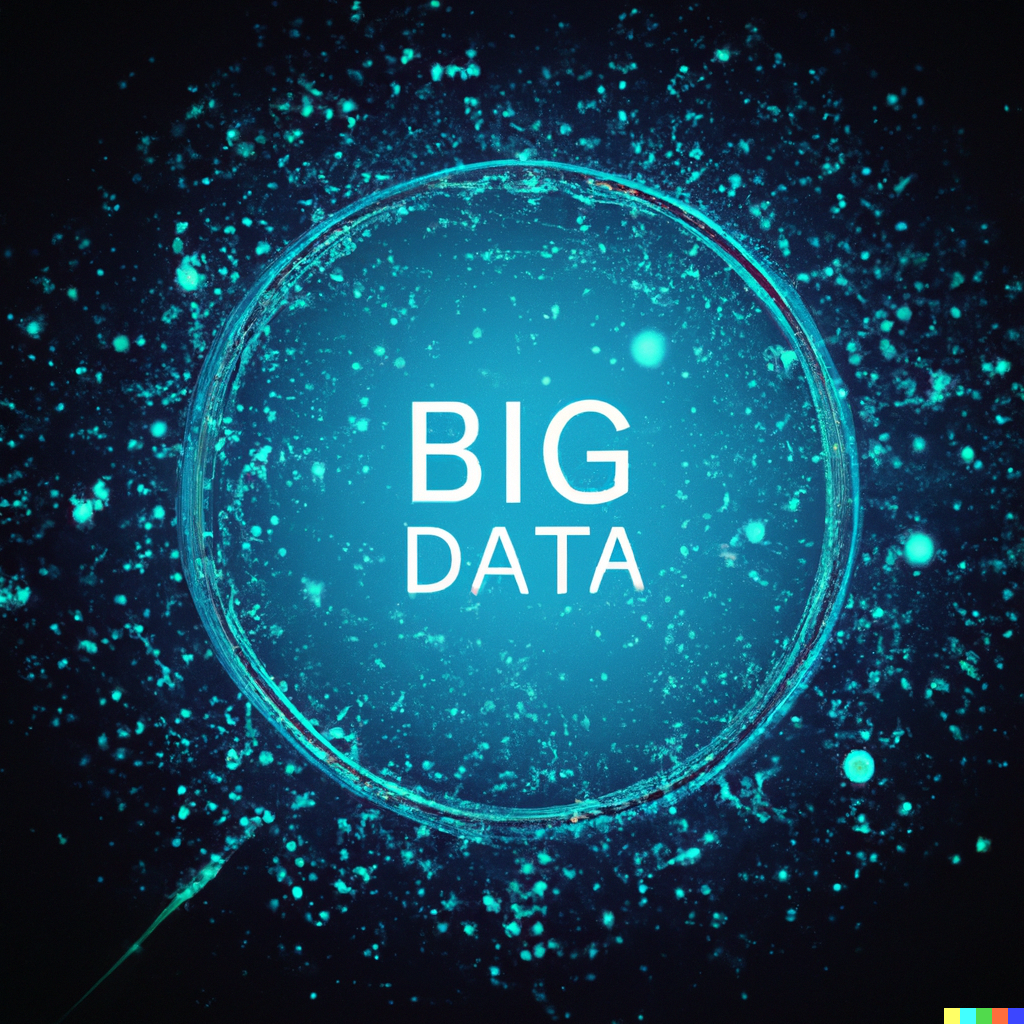January 27 | Big Data Technology

In today’s world, data is being generated at an exponential rate. Every second, businesses, social media platforms, sensors, and even individuals contribute to the ever-growing pool of data. This massive amount of data holds valuable insights and opportunities that can drive innovation, improve decision-making, and streamline operations. But managing, processing, and deriving value from this data can be a daunting task. This is where Big Data Technology (BigDataTech) comes into play.
Big Data Technology refers to a suite of tools, platforms, and methodologies designed to process, analyze, and derive insights from vast amounts of data—often in real-time. Unlike traditional data management systems, Big Data Technologies are built to handle datasets that are too large, too fast, or too complex for conventional systems to manage.
The core concept behind Big Data revolves around the 3 V’s: Volume, Velocity, and Variety.
Big Data Technology comprises several key components, including storage, processing frameworks, and analysis tools. Let’s take a deeper dive into some of these components.
Data storage is the foundation of Big Data Technology. Since data can be of any size and type, traditional relational databases are not equipped to handle the scale and complexity of Big Data. Instead, Big Data solutions rely on distributed storage systems like:
Once data is stored, it must be processed for analysis. Big Data platforms use parallel processing techniques to handle large datasets efficiently. Some popular processing frameworks include:
Analytics is the final step in Big Data Technology. The primary goal is to turn raw data into actionable insights. There are several analytical techniques used in Big Data:
Once data has been processed and analyzed, it’s crucial to present the insights in a way that is easy to understand. Data visualization tools play an essential role in transforming complex datasets into visually appealing and interpretable charts, graphs, and dashboards. Popular visualization tools include Tableau, Power BI, and D3.js.
Big Data is transforming a wide range of industries by unlocking insights that were previously inaccessible. Some of the key applications include:
Big Data technology is revolutionizing healthcare by enabling predictive analytics, improving patient care, and reducing costs. For instance, doctors can analyze vast amounts of medical data to predict patient outcomes, personalize treatment plans, and identify potential health risks early on.
Retailers use Big Data to understand consumer behavior, optimize inventory management, and create personalized shopping experiences. Data from online and offline channels is combined to track customer preferences and predict demand for products.
In finance, Big Data is used for fraud detection, risk management, and algorithmic trading. Financial institutions analyze transaction data in real-time to identify suspicious activity, while Big Data models help predict market trends.
Big Data technology in manufacturing enables predictive maintenance, process optimization, and supply chain management. Sensors embedded in machinery provide real-time data that helps identify potential equipment failures before they happen, saving time and money.
Big Data plays a crucial role in optimizing routes, reducing fuel consumption, and improving delivery times in the transportation sector. By analyzing traffic patterns, weather conditions, and vehicle performance data, companies can improve fleet management and deliver goods more efficiently.
While Big Data offers immense potential, it also comes with its own set of challenges:
As the amount of data continues to grow, Big Data technology is expected to evolve further. The future will see more advancements in artificial intelligence (AI) and machine learning, enabling even more intelligent data analysis and automation. Additionally, with the rise of edge computing, data processing is expected to happen closer to the source, reducing latency and improving real-time analytics.
Furthermore, advancements in quantum computing could revolutionize how we process and analyze data, potentially solving complex problems that today’s technology cannot handle efficiently.
Big Data Technology is transforming industries and reshaping the way we make decisions. By leveraging tools that store, process, and analyze vast amounts of data, organizations can gain valuable insights that lead to smarter business strategies, enhanced customer experiences, and improved operational efficiency. While there are challenges to overcome, the future of Big Data looks promising, and its potential impact on innovation is vast. By embracing Big Data, companies can position themselves for success in an increasingly data-driven world.
SHARE THIS:
© Copyright 2025Global Tech AwardsAll Rights Reserved